Sony FE 20mm F1.8 G Review
Dustin Abbott
June 8th, 2020
I had a conversation with a third party lens maker last year, and they asked me essentially what lenses I felt were needed on Sony. One of the lenses I described to them was essentially the Sony FE 20mm F1.8 G. I don’t know if Sony was eavesdropping on that call, but they have certainly built a lens that was definitely needed on the system. I don’t know that I could have scripted this lens any better, really, and I was very pleased at the concept of the lens when it was announced, and now that I’ve spent some time with it, I’m even happier. The FE20G (as I’ll call it for brevity) is the kind of lens that everyone can agree on. Reasonably sized, reasonably priced, and optically superior. Some lenses don’t leave you a lot of room for criticism, and frankly, this is one of them.
The FE20G is an excellent optical instrument, and, like the also-excellent FE 200-600mm G lens, I’m left with the impression that the line between G and GM lenses is a bit murky. The Sony FE 24mm F1.4 G Master is an excellent lens, but outside of the maximum aperture, I’m not really seeing any kind of significant difference between the two lenses in terms of build, autofocus, or performance. It should be noted that F1.8 is actually a very wide maximum aperture at this focal length, with only the Sigma 20mm F1.4 ART as a wider alternative, and that lens comes with some serious downsides to get that extra 2/3rds of a stop of light…including the loss of the ability to traditionally filter the lens and the reality that the Sigma is twice as large and heavy as the FE20G.
F1.8 is plenty for me at this focal length, particularly when I can get images like this at F1.8.
The 20mm F1.8 G clocks in at $899 USD, and while that isn’t cheap, it does undercut the 24mm F1.4 GM by a whopping $500. There are actually a fair number of alternative lenses that have arrived on the scene since the conversation I had last year, including the Tamron 17-28mm F2.8 zoom, the Samyang AF 18mm F2.8 prime, the Tamron 20mm F2.8 prime, and the Sigma 14-24mm F2.8 DN ART zoom, so maybe a lot of people eavesdropped on that conversation! I’ve spent time with each of these lenses, and there are a lot of reasons why I think that the Sony may be the best executed, most complete package of them all.
In this review I’ll the lens itself, some comparisons to the aforementioned lenses, and I’ll deliver my conclusion at the end. Read on to join my in my exploration of why I think the FE20G should jump to the top of your list if you’re in the market for a wide angle prime lens.
If you prefer to watch your videos, I have both the definitive (long format) and standard (shorter format) video reviews available. Just click on your choice below!
Thanks to Sony Canada for the loaner. I’ll be reviewing the Sony 20mm F1.8 G on my Sony a7RIII and Sony a9 bodies; the text and video reviews contain photos and video taken with both.
Follow Me @ Patreon | My Newsletter | Instagram | Facebook | Twitter | Flickr | 500px
Sony FE20G Build and Handling
Very much like the 24mm F1.4 GM, I find the FE20G to be essentially a perfectly executed lens as a complete package. It feels like Sony is really hitting their stride in execution, and the recent releases (200-600G, 24GM, 135GM) have all really hit the sweet spot for me. I review lenses across three different systems (Canon, Sony, and Fuji) and so I often evaluate lenses from the perspective of whether a better (or equivalent) lenses exists on a different platform. In each of these most recent cases, I can’t cite a superior lens available for another system. The FE20G has a great balance of size to quality and performance. It’s a great match for Sony’s mirrorless bodies and looks great on them.
Here’s a look at how the FE20G compares to some other lenses that I mentioned…though none of these are a direct apples-to-apples comparison.
A few quick observations. The Samyang 18mm F2.8 is the winner if absolute size and weight is your priority, as it is 23mm shorter and weighs over 150% less. As we will see, however, the Samyang is not in the same class optically with this lens and sports a maximum aperture that is 1 1/3 stops slower. It does not have weather sealing, has no physical controls, and has a completely different build quality. It is not the same class of lens (though it is a wonderful option when every gram counts in your bag!) The Tamron is a little bit bigger than the Samyang, and does have a slightly better build and some weather sealing, but again it isn’t in the same class in terms of build. It has an inferior focus motor and a potentially fatal flaw in terms of its extreme distortion.
The Sony lens is bigger than either of these F2.8 lenses (as is to be expected), but it doesn’t feel radically different than the Tamron in size and weight. At 373g (13.16 oz), it is still a light lens. It is 20mm longer than the Tamron (84.7mm/3.33″), but is about the same in diameter (73.5mm). They both have a 67mm front filter thread, and I noted in my review that Tamron’s noble goal of maintaining a standardized diameter and filter thread in its FE lenses has led to the greatest compromises in terms of size with these F2.8 primes. Put simply, the Tamron is bigger than it needs to be, so that particular advantage isn’t as significant as it should be. I don’t think the size of the 20mm F1.8 will be a deal-breaker for hardly anyone.
Despite it’s modest dimensions, this is unquestionably a premium lens. It has a rugged, sturdy feel to it, and has a flocked finish that experience says is more resistant to fingerprints, rub marks, and scratches. It also has the right weather sealing credentials, with a gasket at the lens mount, internal seals at the switches and rings, and a fluorine coating on the front element that resists oils and moisture (and makes it easier to clean).
The 20mm F1.8 G is a very feature rich lens in a way that none of the competing lenses are. The closest is Sigma’s 14-24mm F2.8 DN, though that lens is priced in a different class ($1399 USD). Included in the list of features is the fact that the FE20G has a very flexible approach to controlling aperture. There is a manual aperture ring that gives you the option of selecting A (automatic) and allowing the camera to control aperture (or you to control it from the camera) or to manually select the desired aperture with one third stop detents throughout the aperture range from F1.8 to F22.
There’s also a switch on the lower right side of the lens barrel that allows you to “declick” the aperture and smoothly rotate through the aperture range without resistance. This option is particularly popular with video shooters.
Regardless of what option you choose, it’s worth noting that aperture is controlled electronically rather than through a mechanical coupling. If you rotate the aperture ring without the camera powered on, nothing will happen.
The same is true of the manual focus ring, which is deeply ribbed and with a rubberized texture. The focus ring is “focus-by-wire” (as are essentially all lenses designed for mirrorless), which means that input on the focus ring will be routed through the focus motor. There is no direct mechanical coupling with the lens elements. The focus ring is pretty good here, though the weight is a little too light to really emulate the feel of true manual focus. It’s better than what many DSLR autofocus lenses are, however, as it lacks that “scratchy” feel so common to many of them. When manually focusing an electronic distance scale will pop up on screen and the active focus area will be magnified to help visually confirm focus. Also nice is that the focus ring is linear, which means that focus distance remains consistent regardless of your speed in rotating the ring. This allows more repeatable focus throws (important for video). The focus throw is also good, with enough distance for precision at difference distances.
Completing the package is an AF/MF switch (which I always prefer to have) and Sony’s Focus Hold button, which can be programmed to a variety of different functions from within the camera.
Up front there is a very common 67mm filter thread, which is useful as it is shared with a variety of other lenses.
The lens can focus down to 7.09″ (18cm), where it has a useful 0.20x magnification. This doesn’t compete with the Tamron 20mm F2.8’s 0.50x magnification, but it is an above average figure (the Samyang has a fairly miserable 0.09x magnification). Here’s a look at the amount of magnification you get from the Sony:
Performance is quite good near minimum focus, but know that you will be very, very close to your subject at MFD. You’ll want to remove the lens hood as it block a lot of light from your subject. While I do enjoy the close focus abilities of the lens, it is worth noting that having to be that close to your subject does limit the opportunities to get the most out of that magnification. Still, I had fun with emphasizing a foreground subject while including the broader scene.
It’s worth noting that the bokeh is fairly nice from the lens, and the close focus ability means that you’ll have some opportunities to show it despite the wide angle of view.
The aperture iris is 9 rounded aperture blades, and the aperture stays fairly circular with the lens stopped down, though this won’t matter quite as much on a lens with such a wide focal length. When you stop a 20mm lens down, everything tends to come into focus and there isn’t much “bokeh” left.
I think that Sony has done a great job with the build and handling of this lens. There’s nothing that I have to criticize; this is essentially the lens that I would designed.
Autofocus and Video Performance
The Sony 20mm F1.8 G Master is equipped with Sony’s XD LM focus motors (eXtreme Dynamic Linear Motors). This is dual linear motor design with motors on either side of the focus elements group.
Real world focus is fast and silent. Focus pulls for video are utterly silent even when recording with the on board audio. I had good results when using the lens on a gimbal for a video episode I did on canvases. This is one area where it really differentiates itself from the Tamron 20mm F2.8 M1:2 lens that I reviewed a few months back. That lens has slower, louder focus, and wouldn’t be as good for either video or event work.
Focus accuracy was also good, and I had no problem pinpointing subjects and getting precise focus.
But it on the subject of focus that I have my only real complaint. I did encounter a few situations where the lens did some unnecessary pulsing. This can be seen in some video shots with all points active and a static scene. In one shot, for example, I was filming a lake, and you can see some minor pulsing in and out instead of focus just settling.
It also showed up when shooting stills in AF-C mode. Rather than grabbing the subject and holding focus, the lens would occasionally pulse and do a quick focus rack. If you happened to click the shutter during the pulse, you would get this kind of result:
This obviously isn’t what you want. Accurate focus in these shots looks like this:
I’ve seen that pulsing with other wide angle lenses at times. It’s a rare problem, fortunately, and seems to be reserved for certain situations and typically with all points active. Still, there’s one area where there’s room to improve.
Focus overall is excellent outside of that one quirk. Shooting in AF-S mode helps, as does using a smaller focus group.
Eye AF is a little tougher to judge on wide angle lenses, as the eye often occupies too small an area of the sensor. What you tend to get is face detect rather than eye detect, but the end result is the same. What matters is if the appropriate things are in focus, and in a quick series of “portraits” that I did, I saw accurate focus results.
In most cases you will be using a 20mm lens like this for groups or environmental portraits, and in those situations the depth of field is deep enough that Eye AF is unnecessary anyway.
The focal length is a very useful tool for video or vlogging. It gives one a very wide angle of view without being extreme in standard full frame mode along with a 30mm framing in Super 35. I would consider this a very useful tool in a videographer’s arsenal. It would make an amazing lens for wedding work mounted on a gimbal.
So, outside of a small misstep with some pulsing, the autofocus is another area of real strength for the lens.
Sony FE20G Image Quality
The Sony 20mm F1.8 G is one of the sharpest wide angle lenses that I’ve used. This is optically one of the stronger lenses at this focal length on the market and has very few optical shortcomings. It sports an optical formula of 14 elements in 12 groups, with two of those elements being advanced aspherical elements (AA) and three being extra-low dispersion elements (ED). That may not mean much to you, but these are the more expensive, exotic elements that help to achieve more special performance…and they are very similar to those found in the more expensive 24mm F1.4 G Master lens.
If you are familiar with MTF charts, you can see that there is a strong optical performance here wide open and a flawless one stopped down. More on that in a moment.
I like to start by testing vignette and distortion, but I’ll preface this by saying that one advantage of a first party lens is that first party lenses tend to get the best support for profile corrections. Profiles for software (like Adobe) arrive quickly and reliably, and the in-camera support for JPEGs and video is unparalleled. My point is that you won’t see any vignette or distortion unless you intentionally disable the profiles…as I’ll do here to demonstrate.
What we can see is that the amount of distortion is minimal but also a little complex. I see a minor wave in the distortion that makes it function like barrel distortion on the top and bottom but like pincushion on the sides, and I couldn’t correct it satisfactorily with manual adjustments, though the tiny amount makes this less of a real world issue. You can see that the profile does a pretty job of correcting the distortion. When you compare it to the Tamron 20mm F2.8 (the last 20mm lens I tested) you see just how bad distortion COULD be at this focal length. Ouch!
Vignette is moderate. When I manually corrected, I used a +55 and a midpoint of 5 to get a clear result similar to the profile. The vignette is halved by F2.8 and mostly gone by landscape apertures.
Though not a flawless performance, the FE20G is clearly better than some competitors. I don’t see any real-world ramifications from vignette and distortion, and neither correction is so severe as to be destructive to image quality.
Here’s a look at my test chart globally (if you’ve forgotten what it looks like).
Here’s a look at the crops from center, mid-frame, and the corner at F1.8:
They reveal excellent center performance, excellent mid-frame performance, and excellent corner performance.
At infinity you can see a slight bit more variance between the center and corners, but the performance across the frame is still strong at F1.8.
You can shoot good landscape shots even at F1.8:
I ran through the list of competitors, and the closest competing lens around this price point is the Tamron 17-28mm F2.8. At F1.8 vs F2.8 the Tamron is sharper in the center but loses in the corners. If you stop the Sony down to F2.8, however, the Sony takes a mild win in the center:
…and a much more convincing win in the corners:
Obviously corner performance is genuinely important in a wide angle lens, and Sony is pretty convincing here.
It destroys the Samyang across the frame at F2.8, and that couldn’t be more obvious in the corners:
The Tamron 20mm F2.8 doesn’t fare any better and is damaged by how much correction of distortion is needed.
The Sony is clearly head and shoulders above the competition at F2.8.
There is more on tap at F4 and F5.6, with mild improvements to contrast and resolution. At landscape apertures the FE20G is essentially flawless (as we saw in the MTF); it is razor sharp across the frame even on my 42Mpx a7RIII. Landscapes are rich, detailed, and rendered with great acuity.
Colors looked good as well. Not Zeiss good, but probably GM good.
As noted previously, I thought that the bokeh was better than average for a wide angle lens.
Flare resistance was also excellent. Even when panning the camera against painfully bright sun, I saw only the barest minimum of reaction. There’s a slight flare pattern in a few of these stills, but so subtle as to only be apparent with a second look.
Both longitudinal and lateral chromatic aberrations are well controlled, with no evidence of either in my tests or real world results.
I did test for coma, though the time of year that I did my review (June) is a difficult one for astro. I live fairly far north, so as we approach the summer solstice the sky doesn’t really get dark until late (near midnight)…and I am not a late night person (early riser). The moon was also at an extremely bright phase. Excuses aside, while this doesn’t translate into artistically amazing images, there is still enough there for a technical examination.
Center of the frame is excellent. Crisp, round star points. The edge isn’t bad, either, as while the brightest star points do “grow wings”, the result isn’t extreme. This is better than what I saw on the 24mm F1.4 GM.
Stopping down to F2 makes no appreciable difference, but at F2.8 there’s an obvious improvement.
So yes, my list of optical complaints about the Sony FE 20mm F1.8 G is very short one. I think this lens packs a lot of punch in a wonderfully compact and competent package. It is one of the more complete wide angle lenses I’ve tested.
You can see more photos by visiting the lens image gallery here.
Conclusion
As I noted at the beginning of the review, the Sony FE 20mm F1.8 G is pretty much just the way that I would have designed it. Both its parts and the sum of those parts are impressive. The build and handling of the lens is a cut above everything else at its price point, the autofocus is quieter and smoother, and the image quality is second to none.
There’s a lot of punch to the images the FE20G produces, and they hold up on a technical level (pixel level) as well. The close focus abilities of the lens are useful as well, giving you more creative options when using it.
I took it out on rainy mornings and didn’t worry about it getting a little wet due to the weather sealing, and, of course, the damp conditions allowed the colors to just pop!
There are cheaper alternatives than this $900 USD lens. There are smaller and lighter options. But I’m not aware of any wide angle lens for any of the systems that I test that is a better combination of compact size, usability, and performance. The complete package that this lens provides is pretty special. It’s an easy lens to recommend if you are in the market for a wide angle prime. Both the Tamron 17-28mm F2.8 and the Sigma 14-24mm F2.8 DN are nice zoom alternatives if you need a bit more versatility, but there’s no question that the Sony 20mm F1.8 G is the performance king here.
Pros:
- Well built, compact lens
- Feature rich
- Fast, quiet autofocus system
- Amazing image quality from F1.8 on
- Great color and contrast
- Great flare resistance
- Decent coma performance
- Reasonable price
Cons:
- Some focus pulsing in some situations
- Minor distortion but is somewhat complex
Purchase the Sony FE 20mm F1.8 G @ B&H Photo | Amazon | Amazon Canada | Amazon UK | Amazon Germany | Ebay
Sony a9 Camera: B&H Photo | Amazon | Amazon Canada | Amazon UK | Amazon Germany | Ebay
Sony a7RIV Camera: B&H Photo | Amazon | Amazon Canada | Amazon UK | Amazon Germany | Ebay
Sony a7R III Camera: B&H Photo | Amazon | Amazon.ca | Amazon UK | Ebay
Peak Design Slide Lite: Peak Design Store | B&H Photo | Amazon | Amazon Canada | Amazon UK
Peak Design Leash Strap: Peak Design Store | B&H Photo | Amazon | Amazon Canada | Amazon UK
BenQ SW271 4K Photo Editing Monitor – B&H Photo | Amazon | Amazon.ca | Amazon UK
Adobe Photoshop Creative Cloud 1-Year Subscription
Exposure Software X5 (Use Code “dustinabbott” to get 10% anything and everything)
Want to support this website? Use these links to shop at:
B&H Photo | Amazon | Ebay | Make a donation via Paypal
Visit Dustin’s Amazon Storefront and see his favorite gear
Purchasing your gear through B&H and these links helps fund this website and keeps the articles coming. You can also make a donation here if you would like. Visit my Amazon page for some of my gear of choice! Thank you for your support.
Great News! I can now offer a 5% discount on all purchases at Amplis Foto, Canada’s Leading Photographic Supplier. Please enter discount code: AMPLIS52018DA in your cart. It is good for everything in your cart, and is stackable with other coupons, too! It will take 5% off your entire order! Proceeds go towards keeping this site going and providing you with new reviews!
Check me out on: My Patreon | Sign Up for My Newsletter | Instagram | Facebook | Twitter | Flickr | 500px | Google+ |
Use Code “DUSTINHDR” to get $10 off ($15 CDN) any Skylum product: Luminar, Aurora, or AirMagic
Purchase the Sony FE 20mm F1.8 G @ B&H Photo https://bhpho.to/374NqaK | Amazon https://amzn.to/2Y7VuDx | Amazon Canada https://amzn.to/2XB7FKh | Amazon UK https://amzn.to/2BCI0s6 | Amazon Germany https://amzn.to/2MyndYS | Ebay https://bit.ly/20GDLA
Keywords: Sony 20mm, Sony Fe 20mm F1.8 G Sony 20mm G, Review, Sony, 20mm, F1.8, 1.8, G, Sony 20G, Dustin Abbott, Review, Autofocus, Sony a7RIII, Sony A7RIV, Sony a7R IV, Sony a9, Hands On, Video Test, Portrait, Video, Sharpness, Real World, Landscape, Sample Images, Comparison, Action, AF-C, coma, Tracking, Eye AF
DISCLAIMER: This article and description contains affiliate links, which means that if you click on one of the product links, I’ll receive a small commission. As an Amazon Associate I earn from qualifying purchases.










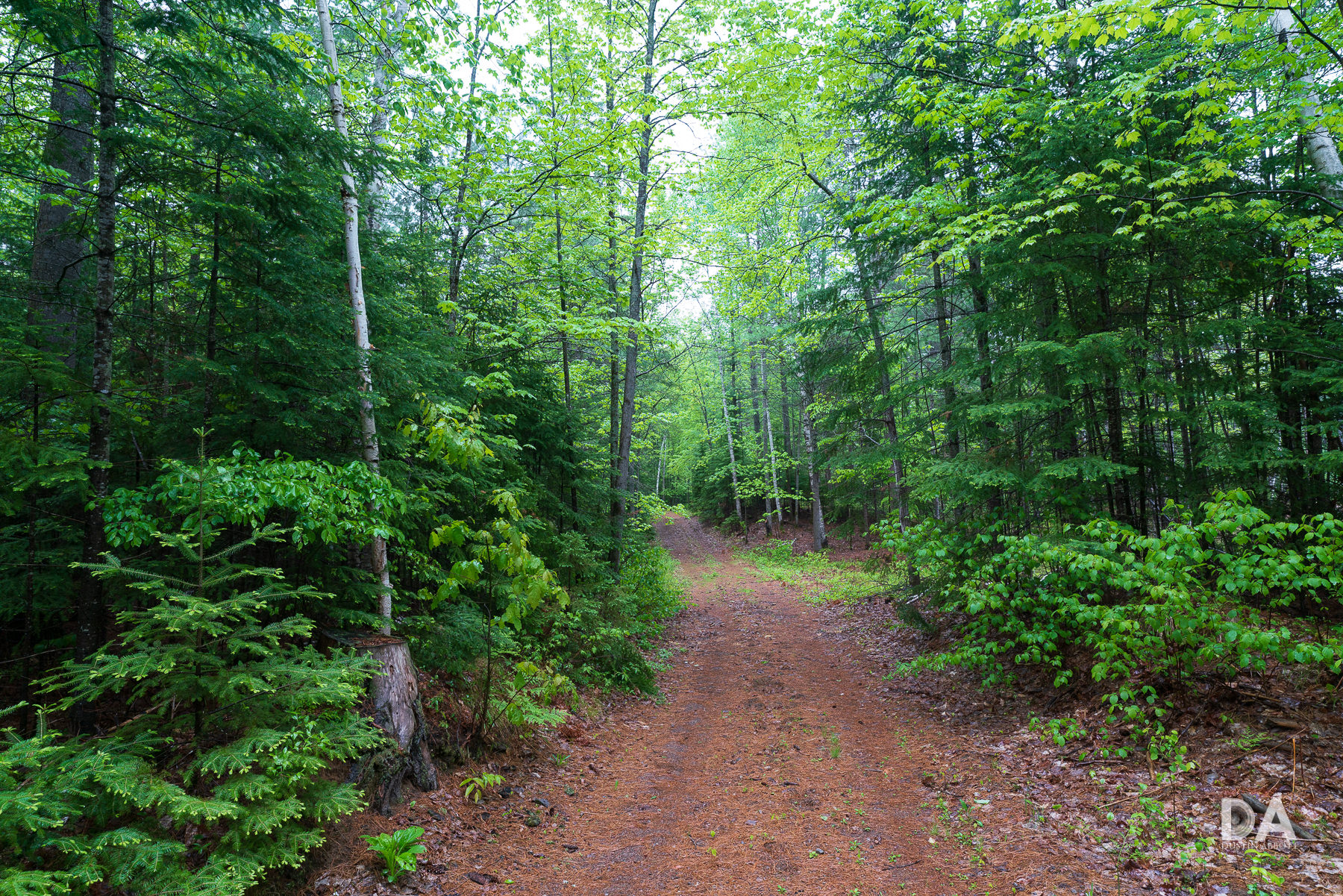
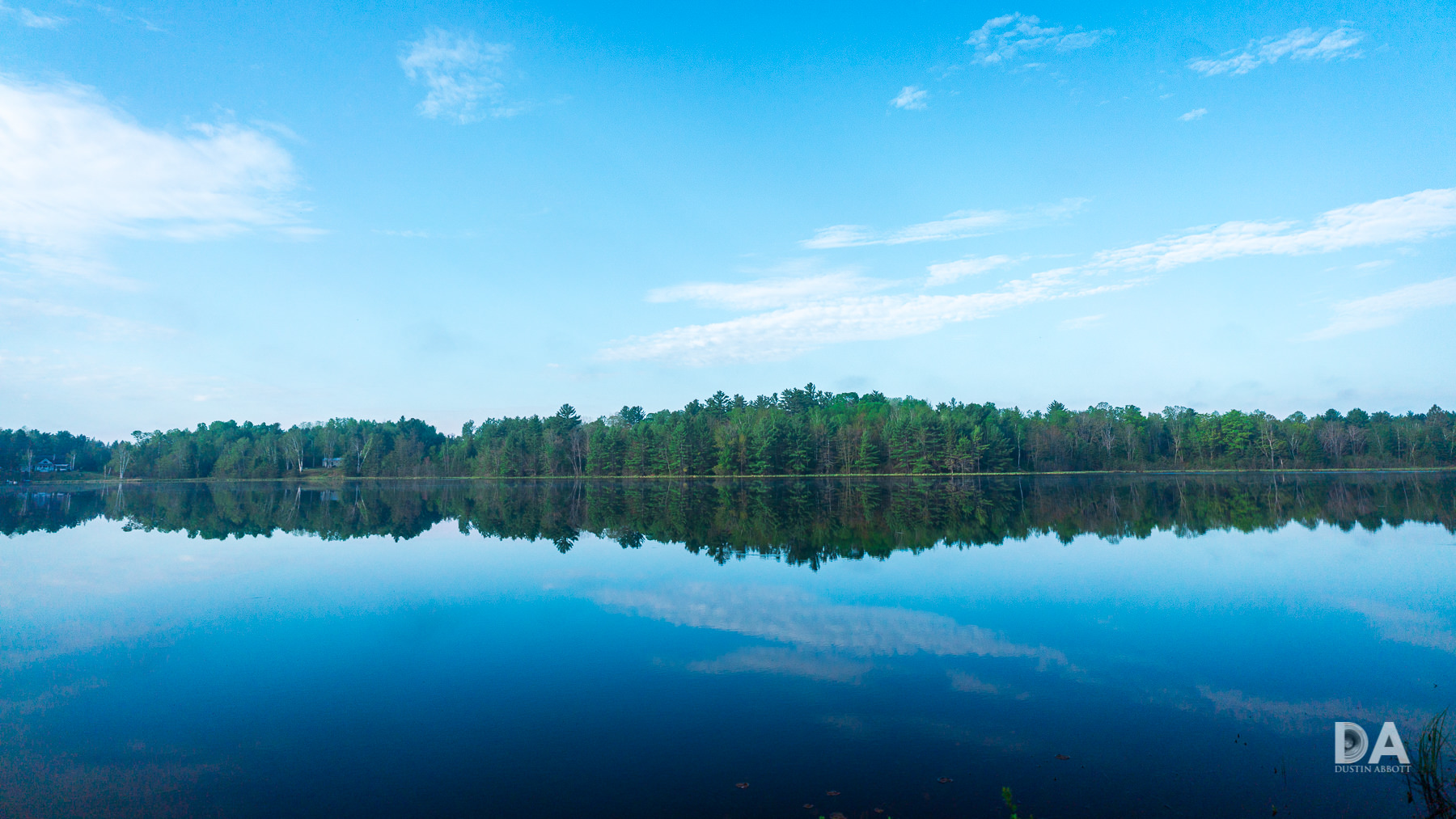



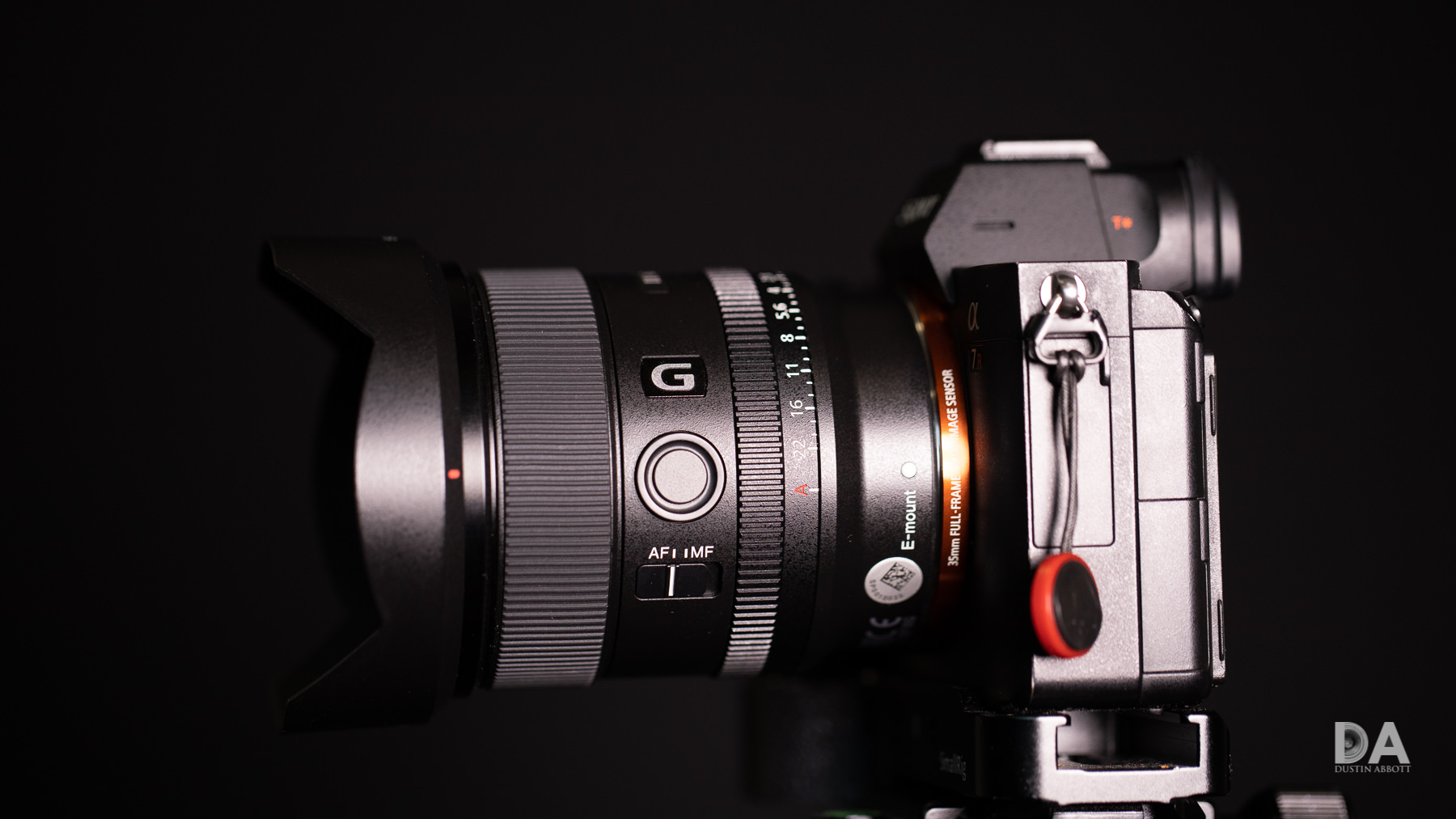
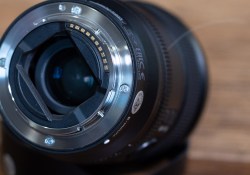

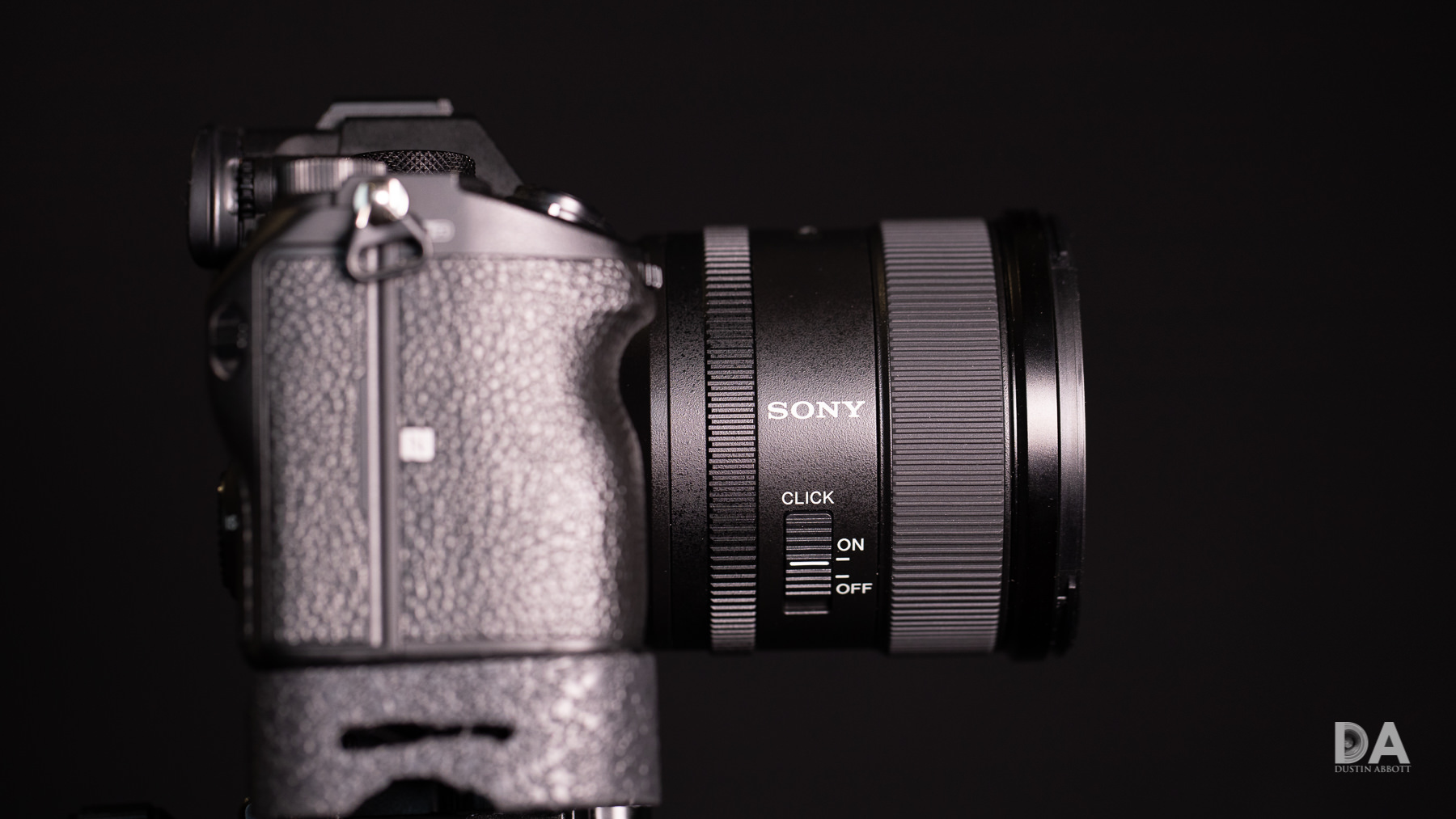
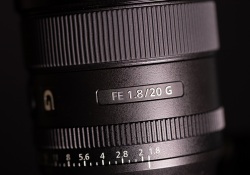
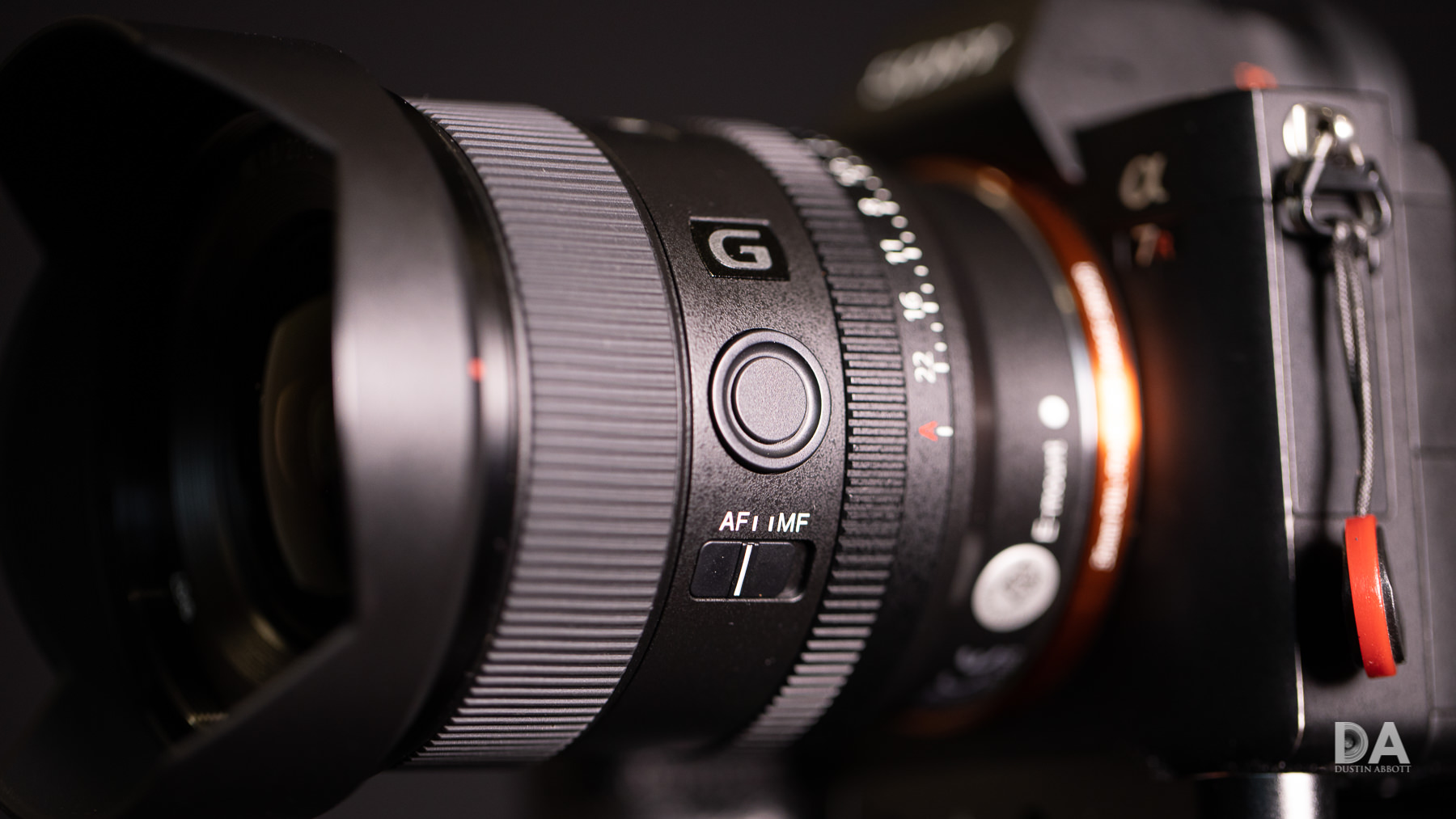
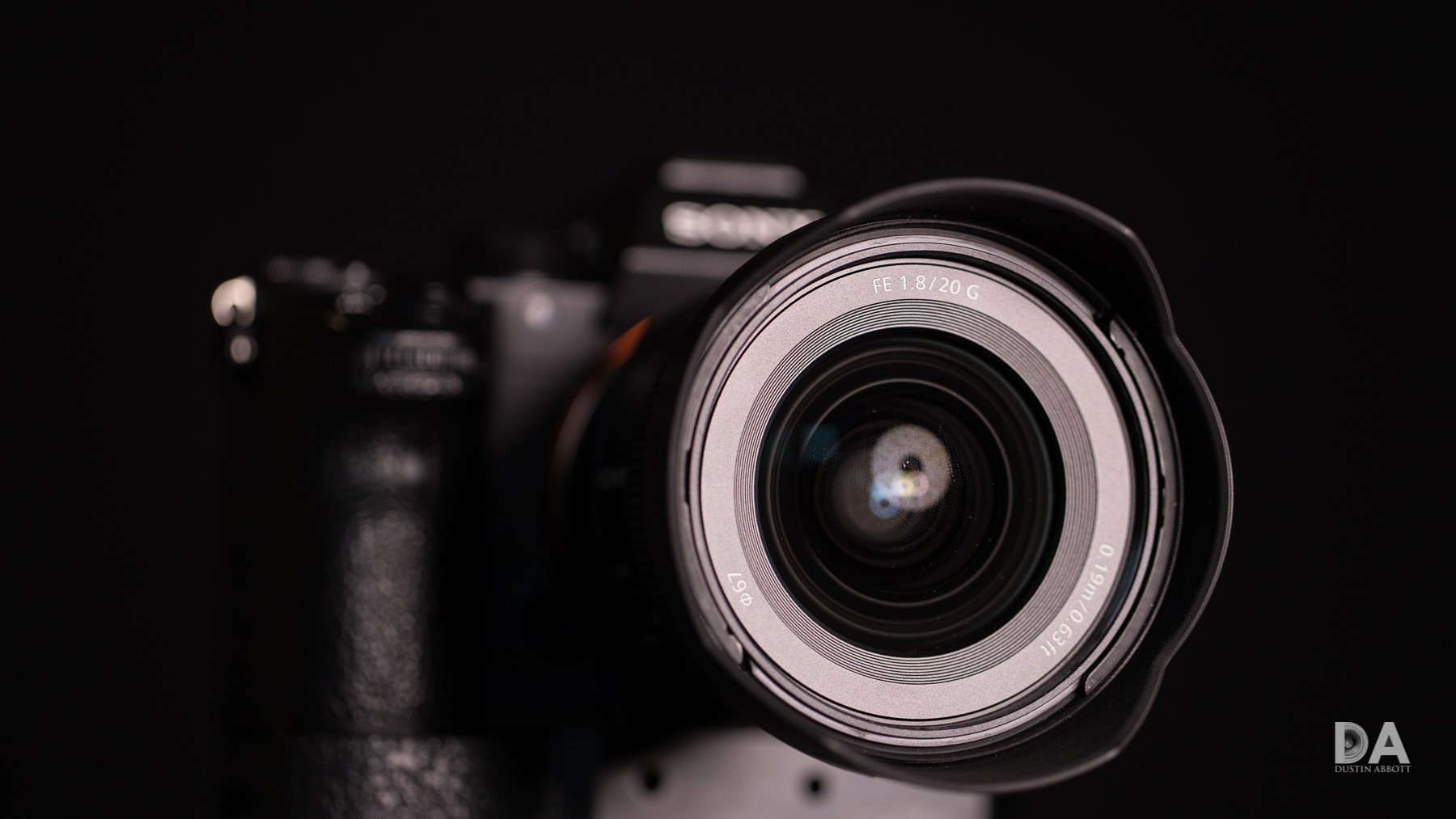

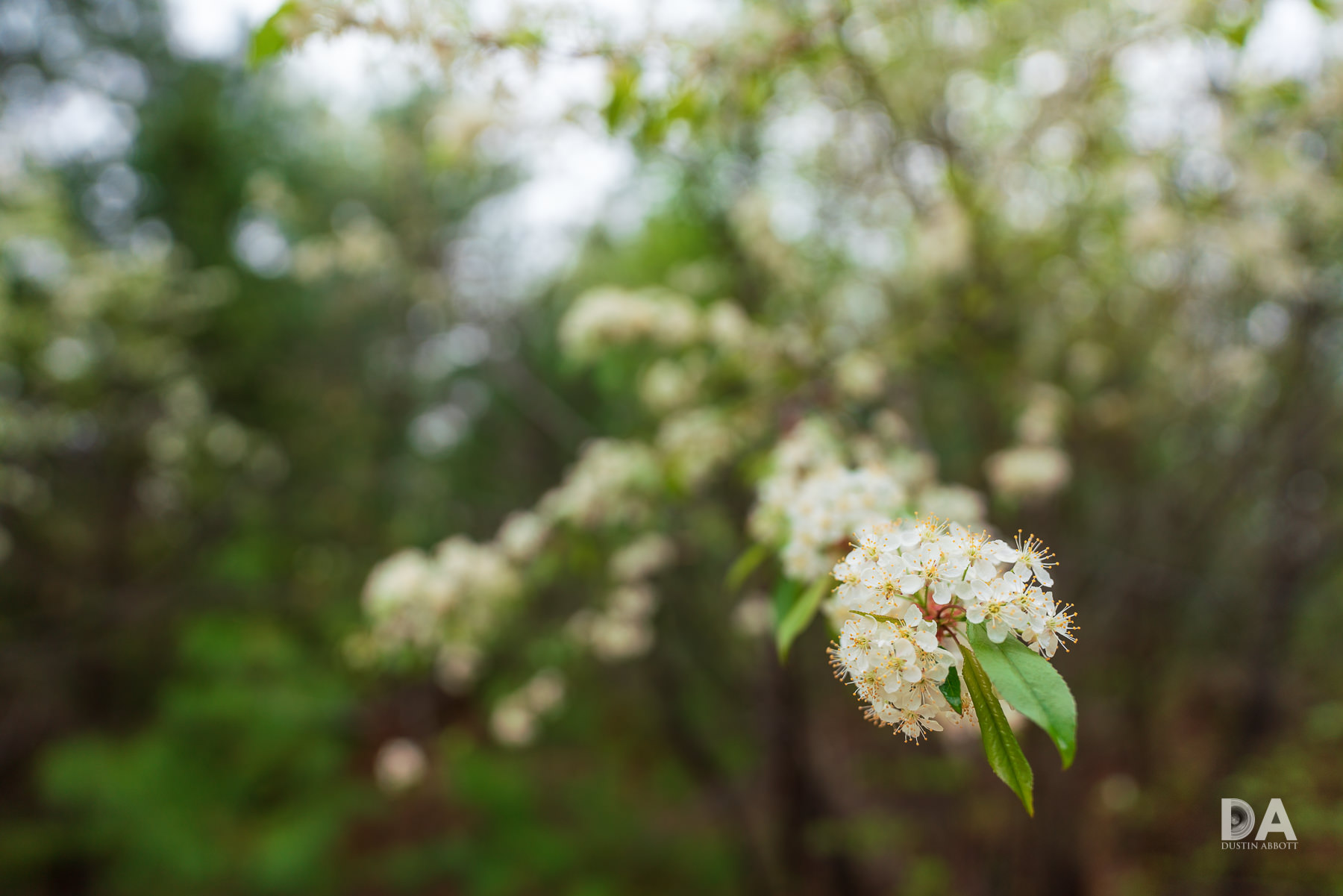
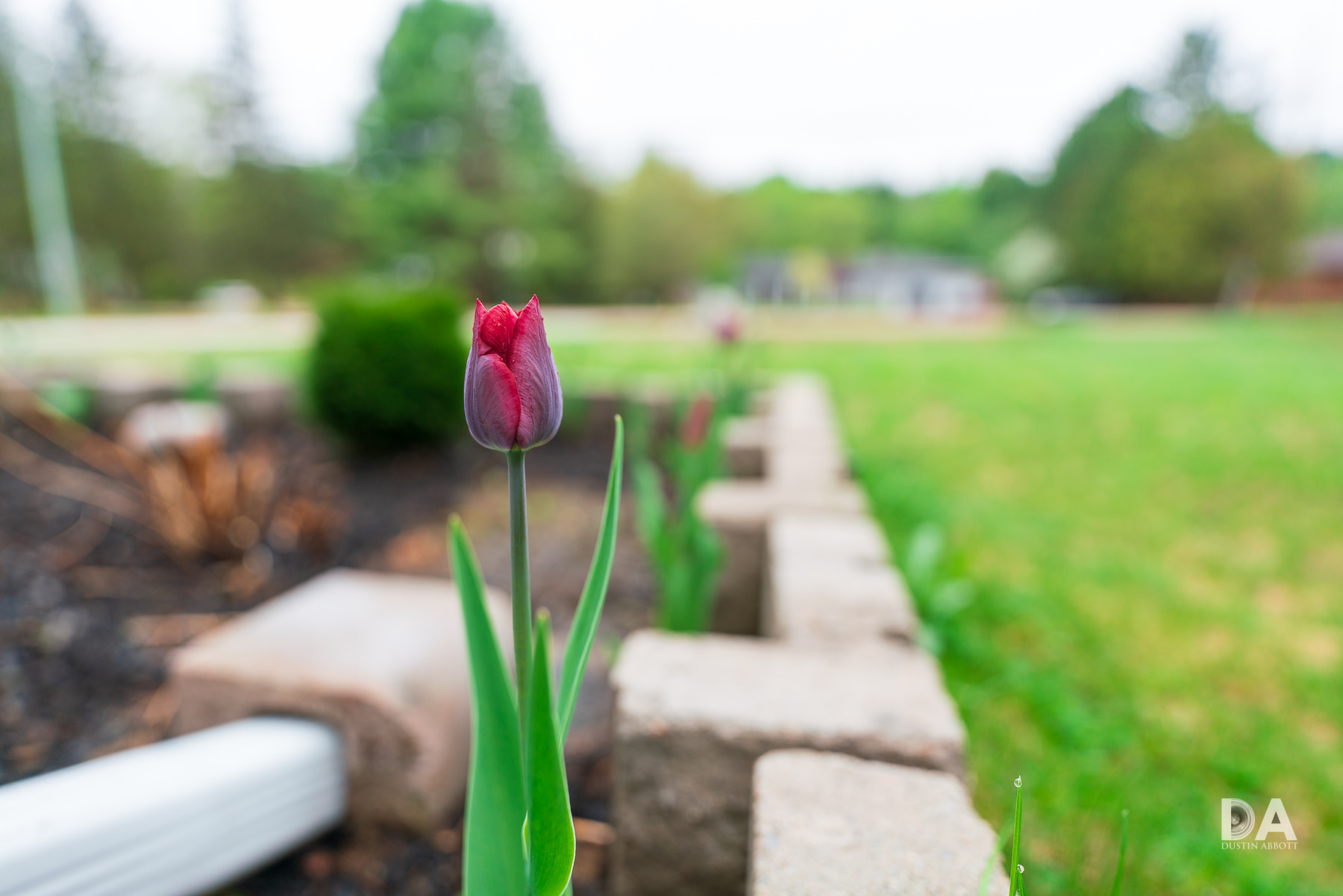
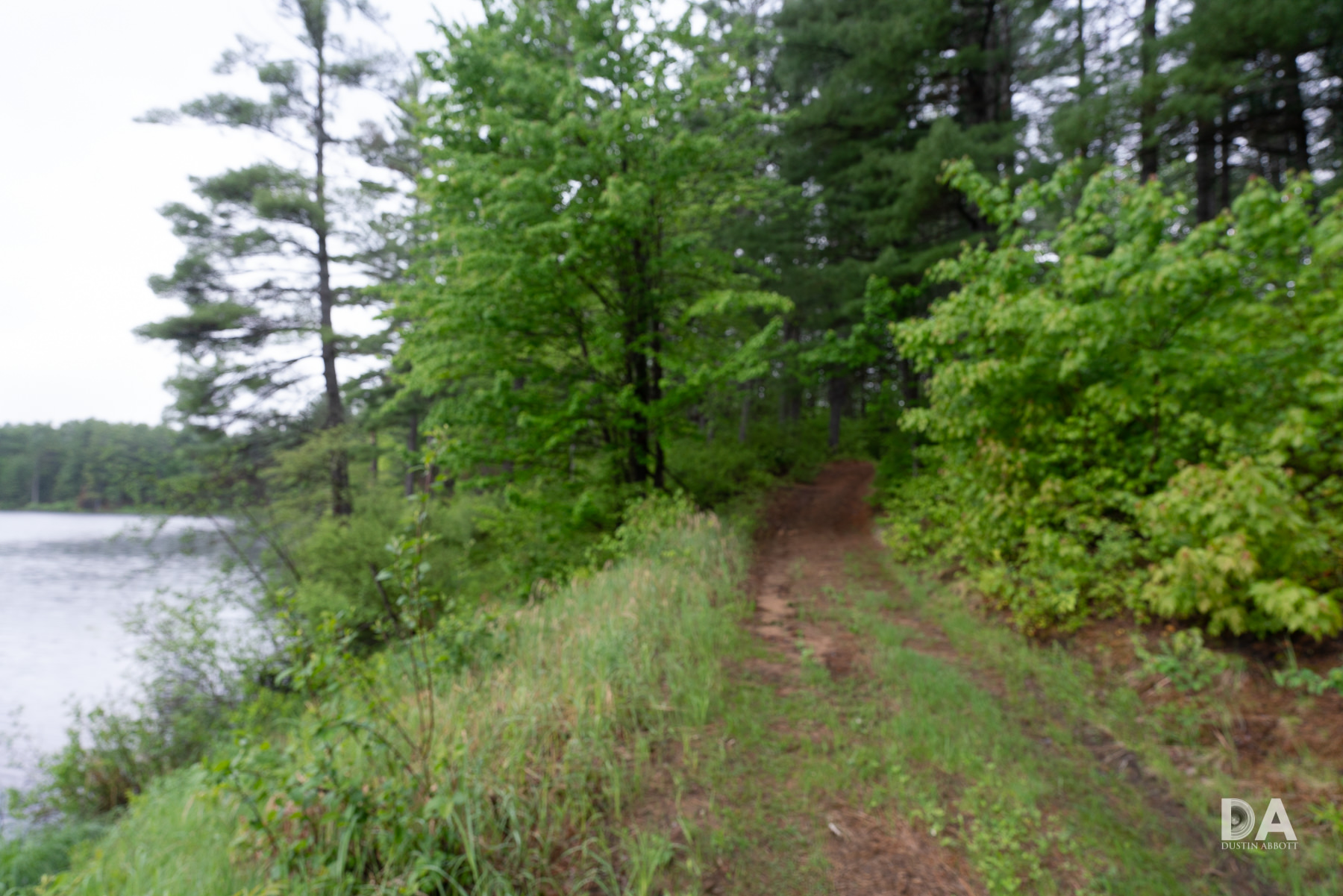

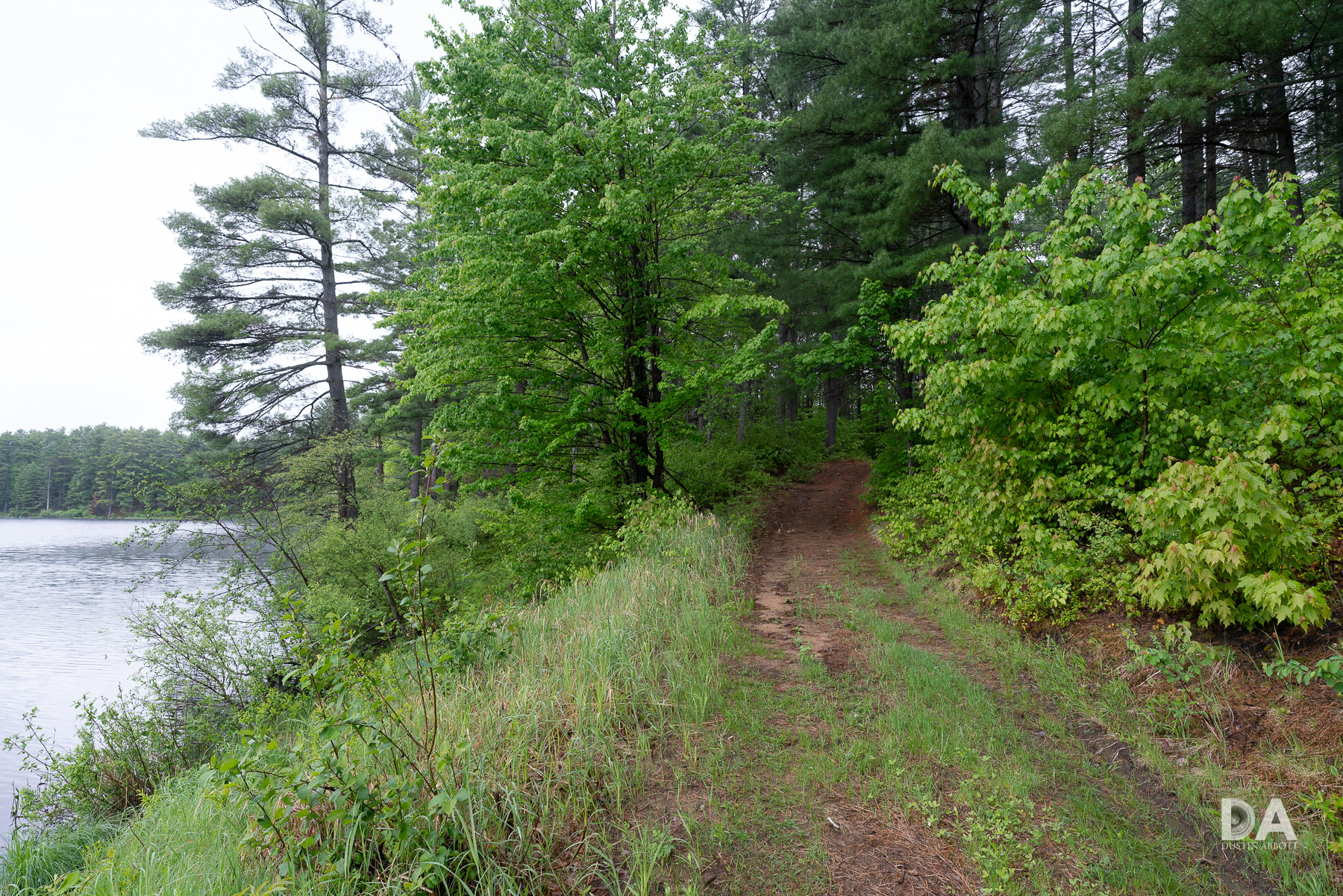






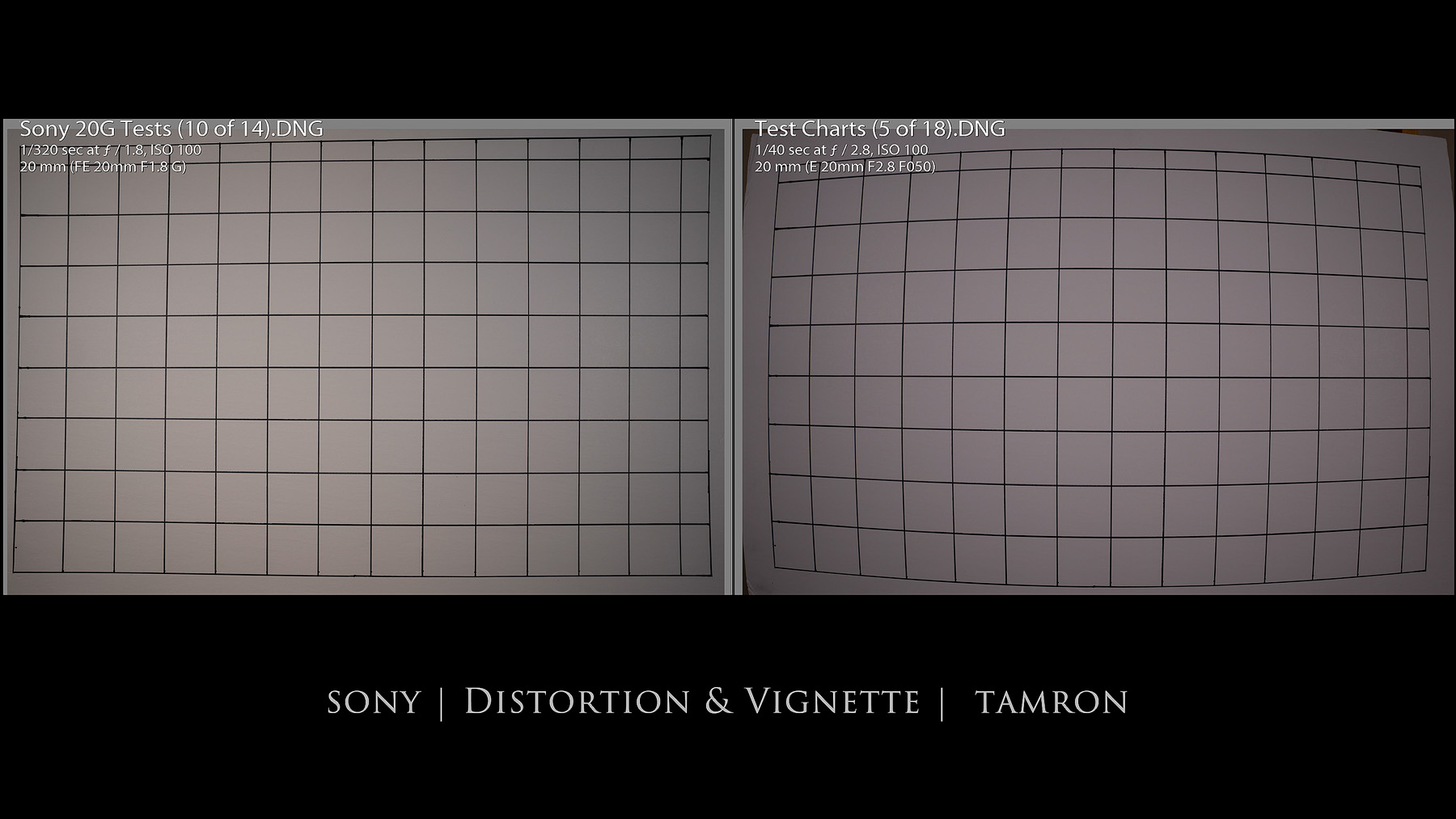
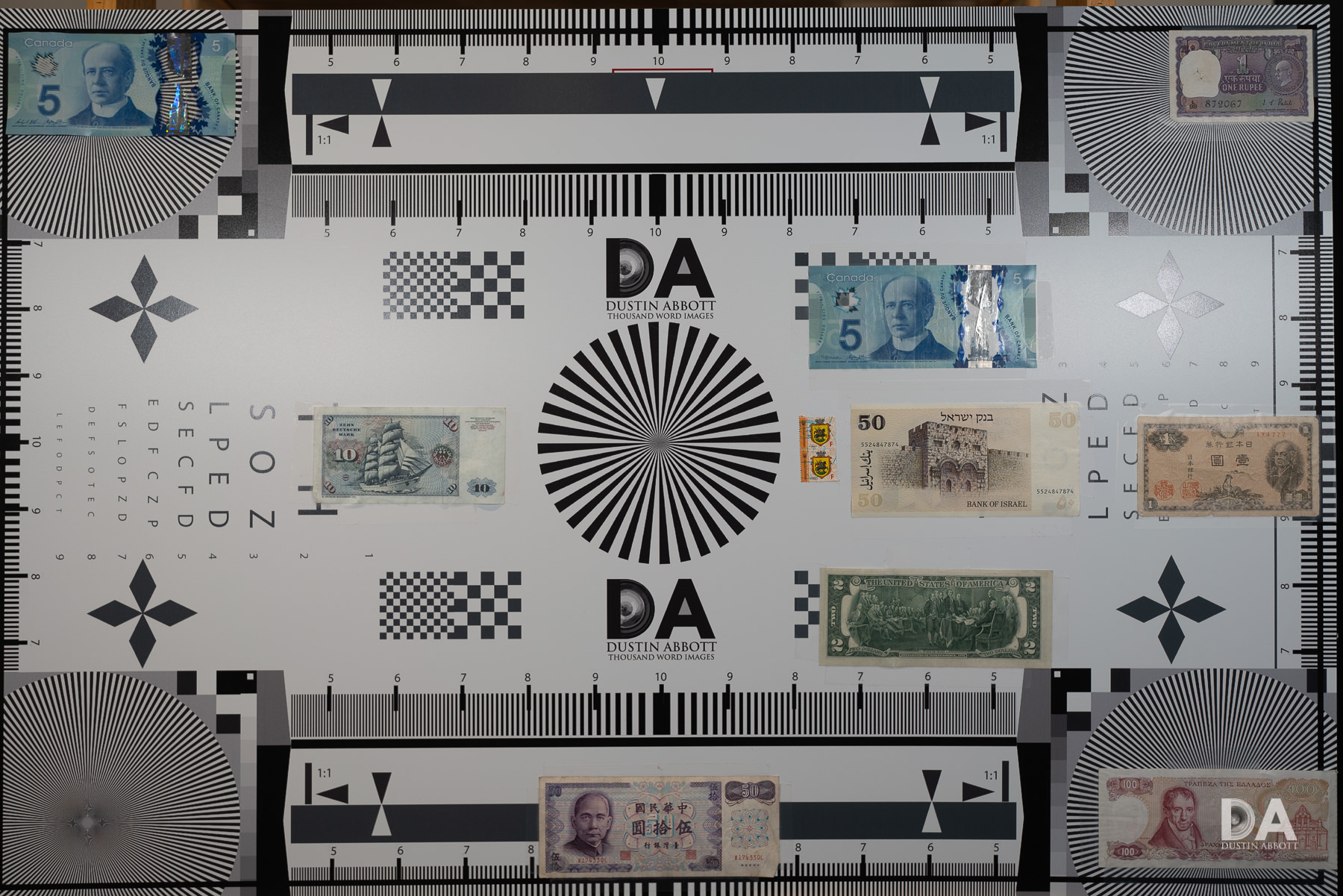

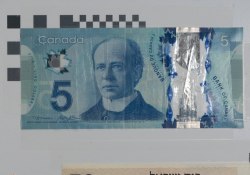
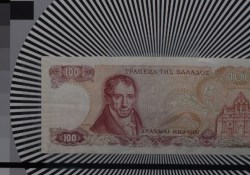



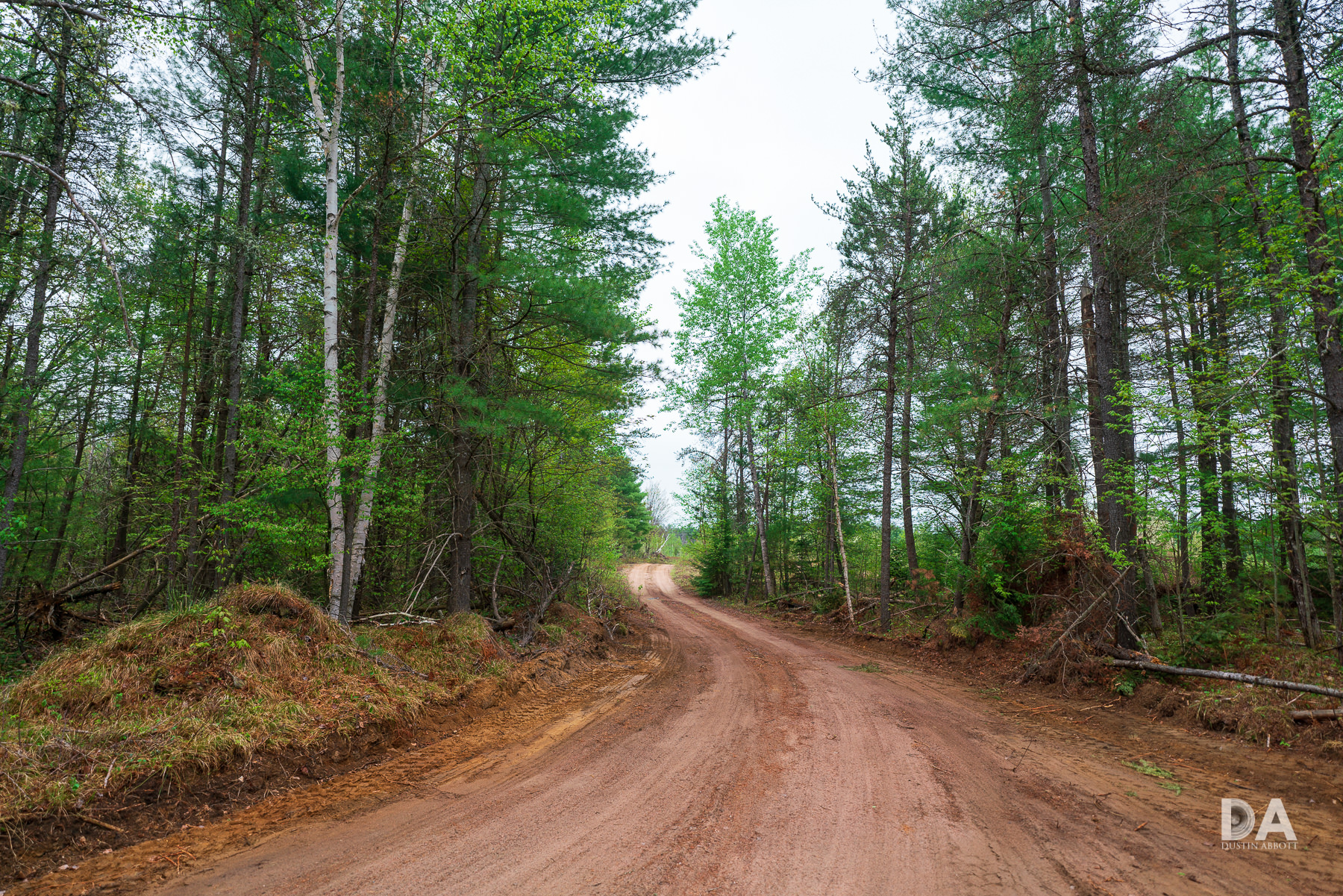
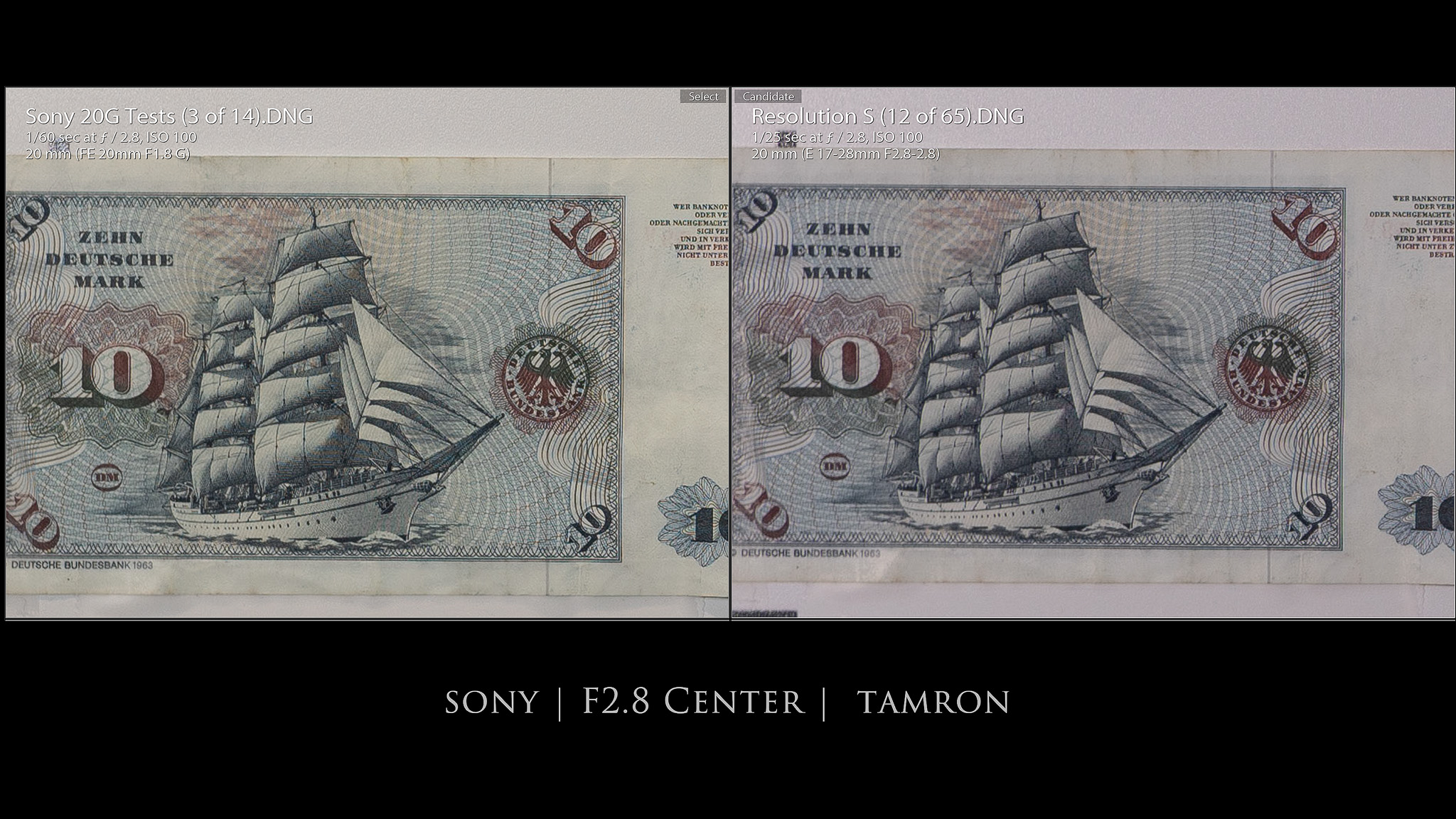


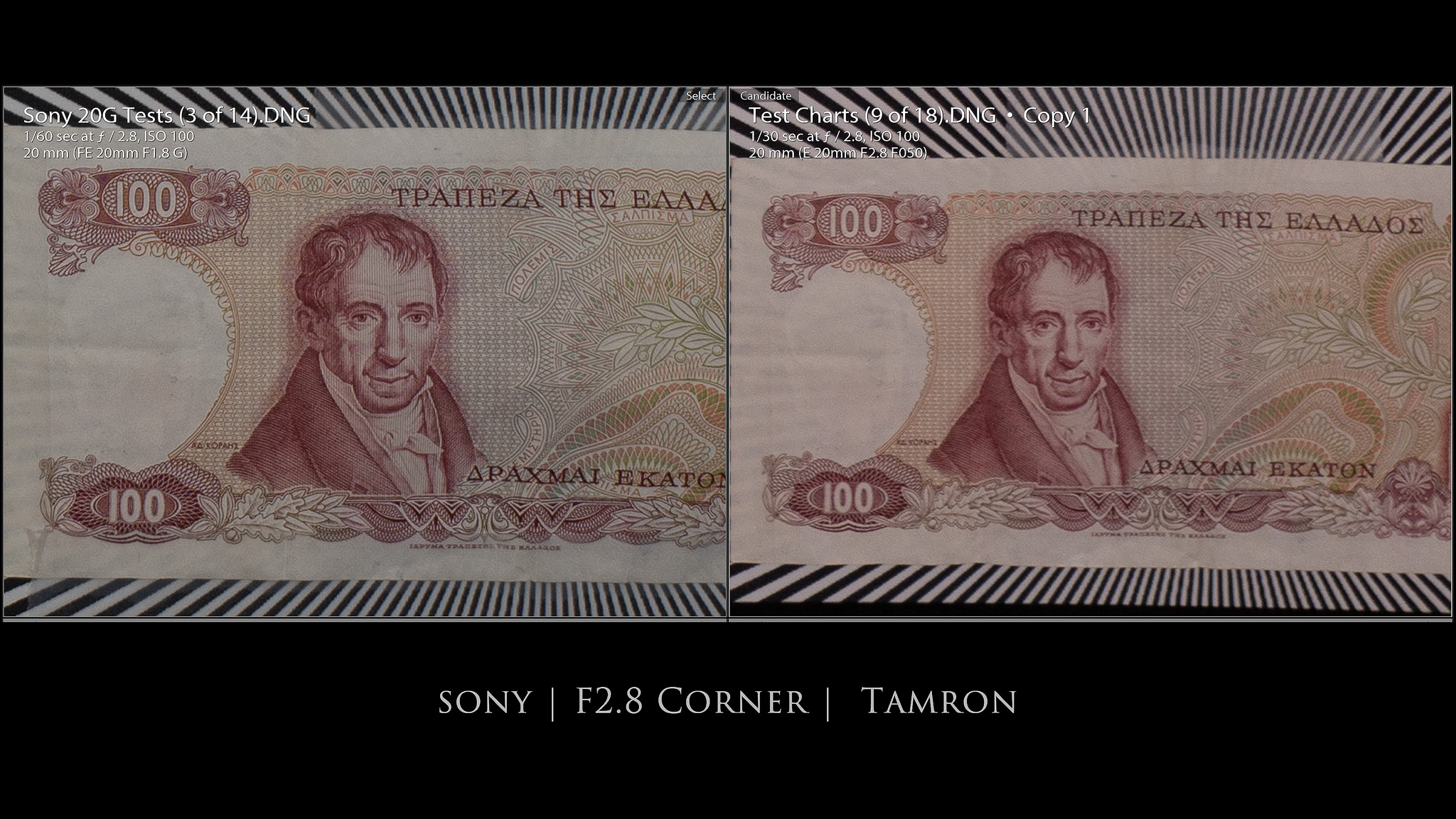




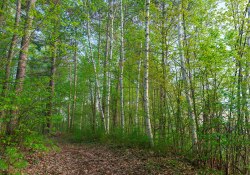
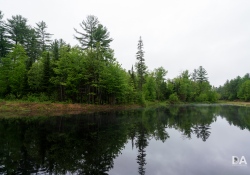







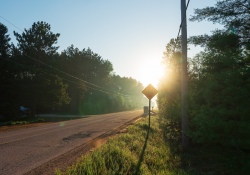
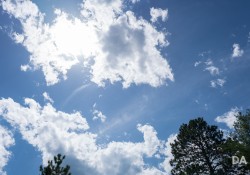




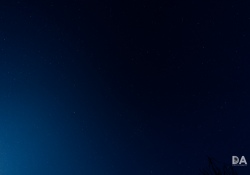


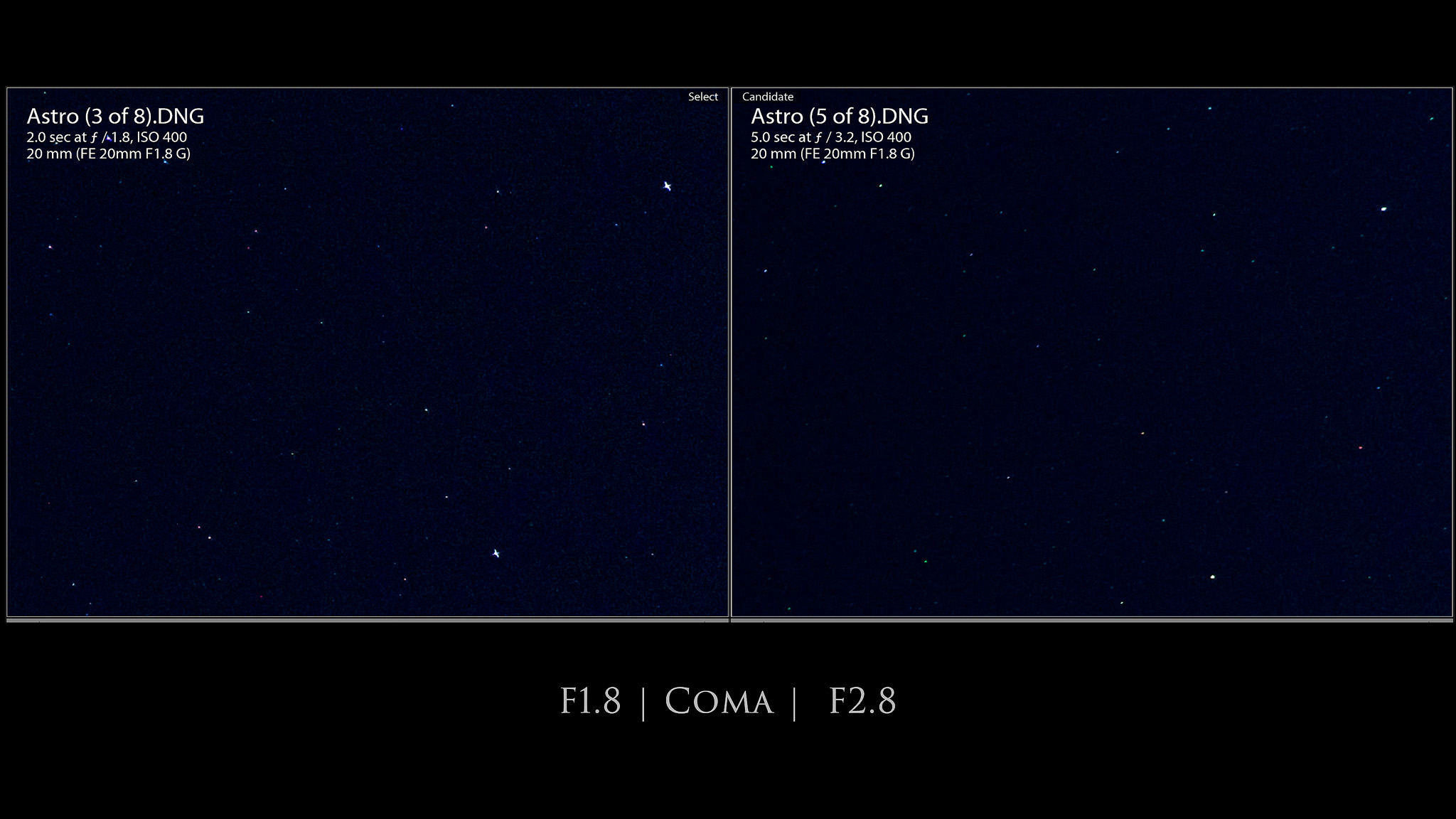
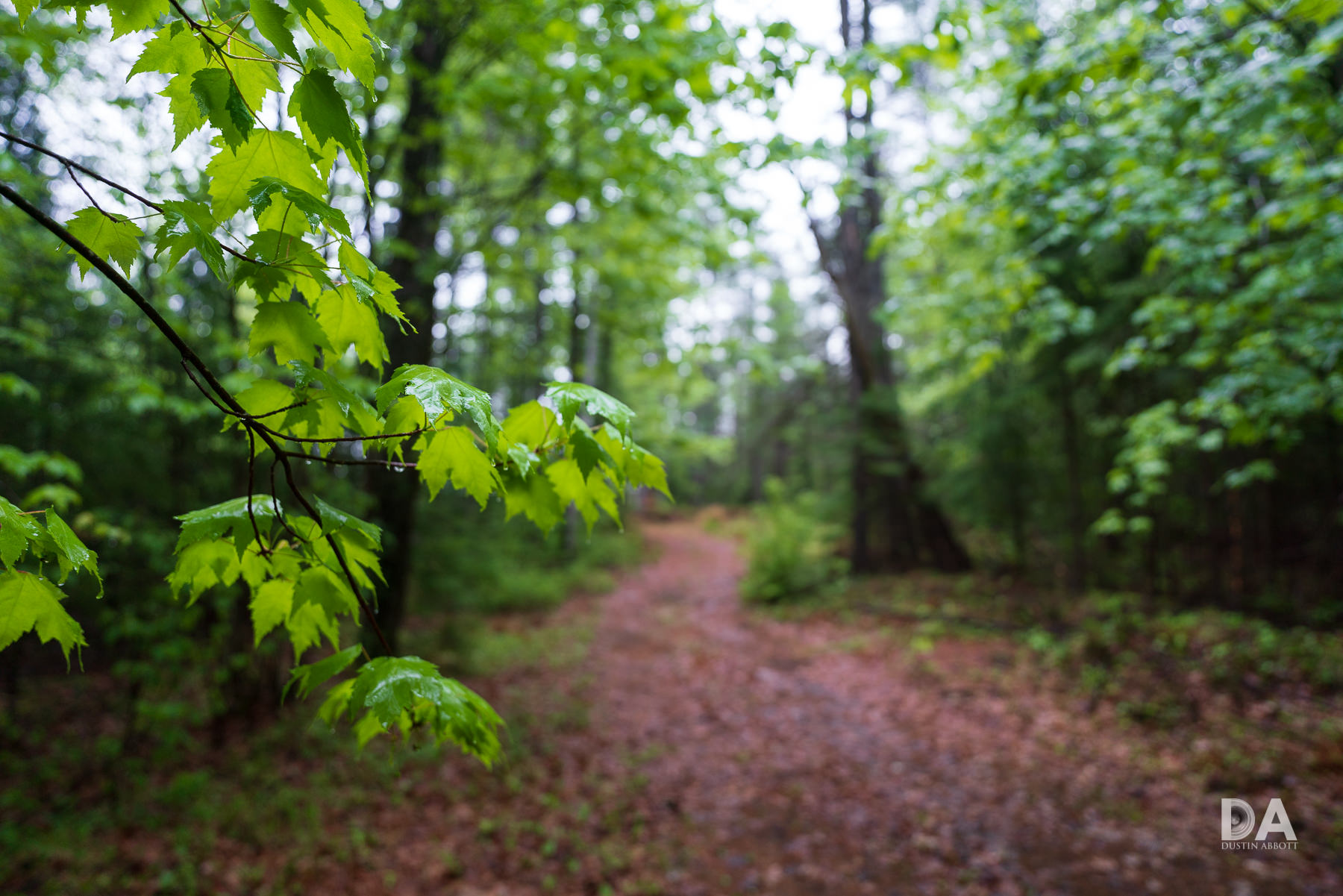
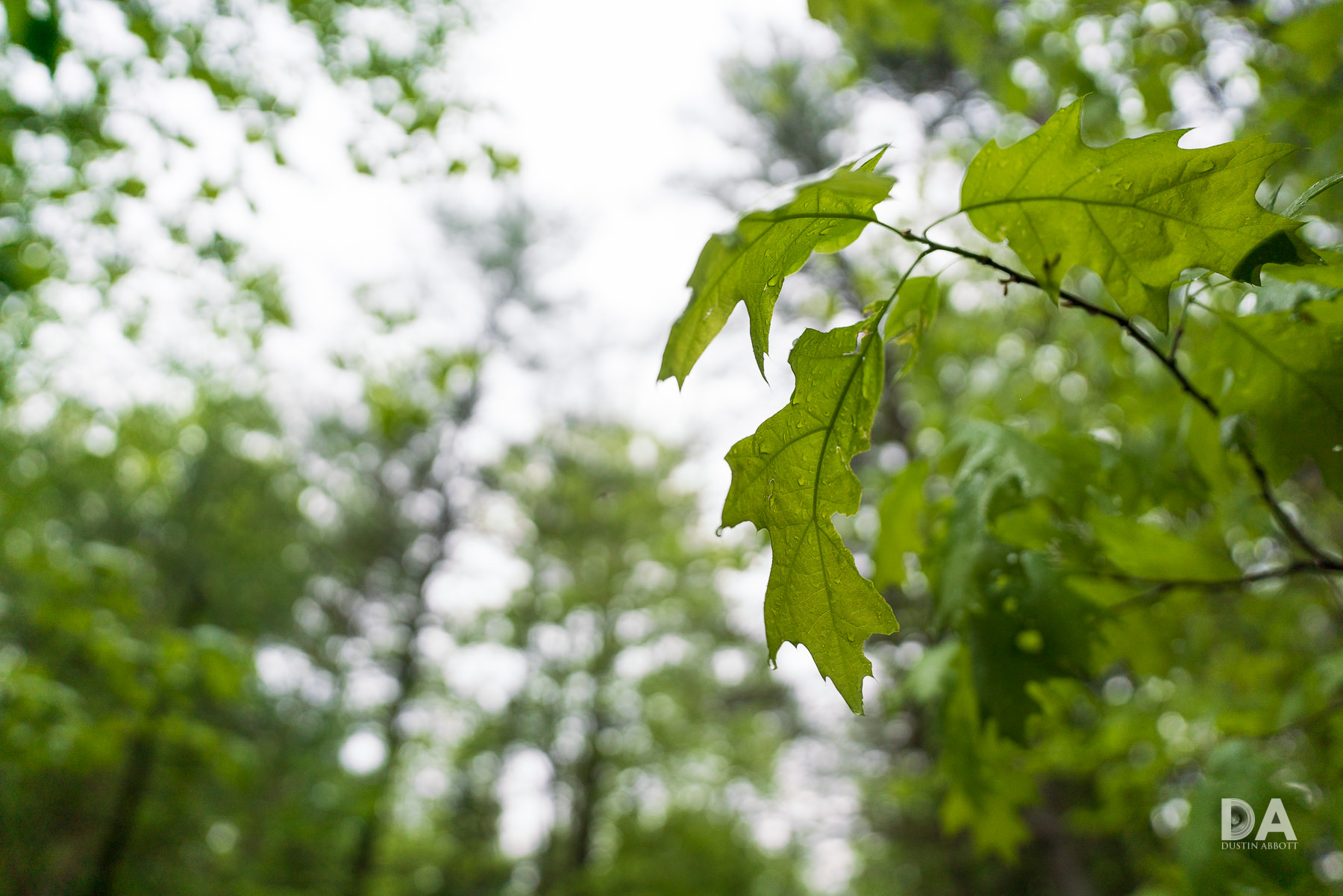







 Canon EOS R8 Review
Canon EOS R8 Review 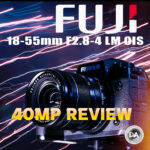 Fujinon XF 18-55mm F2.8-4 LM OIS 40MP 2024 Review
Fujinon XF 18-55mm F2.8-4 LM OIS 40MP 2024 Review  Viltrox AF 56mm F1.7 X-Mount Review
Viltrox AF 56mm F1.7 X-Mount Review  Viltrox AF 56mm F1.7 X Mount Gallery
Viltrox AF 56mm F1.7 X Mount Gallery 





2 thoughts on “Sony FE 20mm F1.8 G Review”